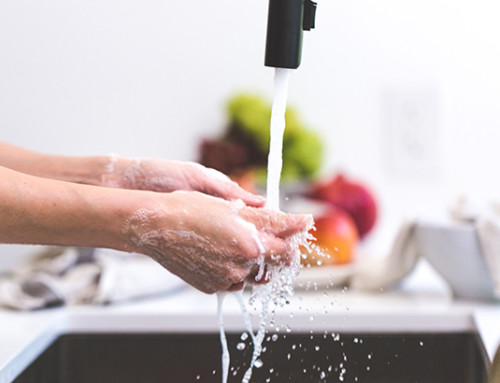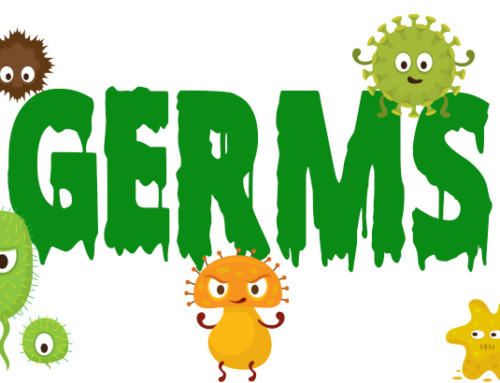We often get questions about incubation temperature and times for our dipslides, and the answer is dependent on what type of organisms the customer is looking for. Our dipslides contain two different types of media (a different media on each side of the paddle), and often times, they are used to detect different types of organisms. For example, Nutrient-TTC is primarily used for the detection of coliform bacteria, while Rose Bengal is primarily used for the detection of yeasts and molds.
So, if molds and coliforms require different incubation times and temperatures, what should you do? Let’s take a look at temperature and its effect on bacterial growth.
Classification of Bacteria
Bacteria are classified in a number of manners, depending upon the system most effective for individual use. For instance:
- Cellular morphology
- Rod
- Cocci
- Spirilla
- Gram Staining Characteristics
- Gram (+)
- Gram (-)
- Temperature preferences
- Thermophilic
- Mesophilic
- Psychrophilic
In the case of temperature and its effect on growth and reproduction, the three categories are a result of enzyme stability. Thermolability versus thermostability.
Optimal Temperature

The temperature ranges within which these three categories of bacteria flourish are as follows, with the following temperature optima for each class:
| Category | Temperature Range (C) | Temperature Range (F) | Optimal Temperature |
| Thermophilic | 45 – 122°C | 113 – 252°F | 82°C |
| Mesophilic | 20 – 45°C | 68 – 113°F | 32°C |
| Psychrophilic | -15 – +10°C | 5 – 50°F | 0°C |
Bacteria are primarily mesophilic, and depending upon the type of media they are grown on, can begin to show macroscopic colonies as early as 18 hours. Typically, 18-24 hours is the examination period for these bacteria. Bacteria can survive at the extremes of these ranges, but to grow and reproduce maximally, the optimal temperature should be maintained.
Now, yeasts and molds are another beast. They prefer slightly cooler temperatures and slightly longer incubation periods. Their temperature range is 25 – 30°C for 48 hours, up to 120 hours.
The Incubation Decision
 So what does all of this tell us about incubation times and temperatures? Figure out what you want to find first, then plan your incubation time and temperature.
So what does all of this tell us about incubation times and temperatures? Figure out what you want to find first, then plan your incubation time and temperature.
If you just want to find gross overall contamination, but you’re using paddles that grow both bacteria and molds, settle on an incubation temperature of 30°C and check at 48 hours. This falls in the range of both bacteria and molds.
If you want to focus on bacteria only, incubate at the optimal temperature range, and begin checking the paddles after 18 hours. If you want to focus on mold only, incubate in the middle of the range, at 28°C, and start checking for colonies after 48 hours.
The incubation time and temperature ultimately depend on what results you are focused on. This is why the chart on our insert card, shown below, gives the ranges for each type of organism.
| Growth | Incubation Temperature | Examine at: |
| Yeast / Mold | 25 to 30°C | 48 hours up to 120 hours (5 days) |
| Yeast / Mold | Room Temperature | Up to 7 days |
| Total Coliform / Bacteria | 35 ± 2°C | 24 to 48 hours |
| Total Coliform / Bacteria | Room Temperature | Up to 5 days |
And what if you want to incubate at the optimal temperature for two different types of organisms? Easy! Use two paddles and incubate separately. You see, there’s always a solution, you just need to figure out what you want to achieve first. Good luck in your dipslide adventures, and keep on testing!







Leave A Comment